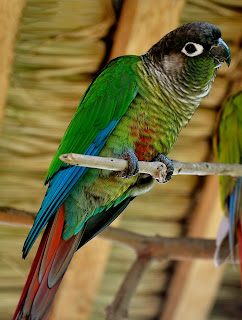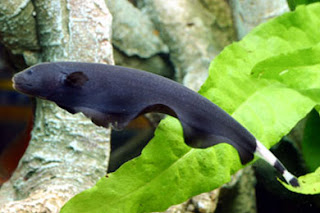Barramundi
(Lates Calcarifer)
One of my own boys
A large size, high level of curiosity, powerful feeding reflex and overall appearance makes the Barramundi a stunning addition to the home aquarium.
Habitat: Found in oceans, estuaries, streams, mangroves and rivers, this is a highly adaptable species that can adapt to many habitats. They seem to appear more if the habitat is structured to replicate that of a mangrove.
Diet: Carnivorous. These fish should be fed a variety of foods such as bloodworms, tubifex, shrimp, and sliced fish fillets (whitebait, etc)
Minimim Aquarium Requirements: A very large tank is required for this species as they max out at 2-4ft on average, with lengths of 6ft being recorded!
75-82F/24-28C, KH 8-12, pH 6.2-7.8
Aggression: Relatively peaceful, this species will not bother any other fish provided it is well fed, hence it can be housed with a variety of fish of similar size, do watch out for tankmates during feeding time as these fish will tend to charge at food and can injure tankmates by accidentally smacking them with their force.
Leave your comments, thoughts and experiences with this species below :)






